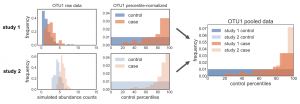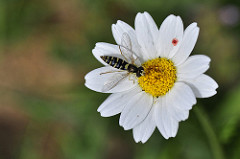Health officials are asking Americans to take precautions over reports that “crypto,” a fecal parasite that can be transmitted via swimming pools, is on the rise. Source: ‘Crypto’ warning: CDC says fecal parasite can live for days in swimming pools – CNN From the article The parasite is a problem in pools is because an …
Just a quick note here. This is an interesting take on Biology (and Microbiology) and the Built Environment: Source: In a ‘Recycled’ House, Details That Will Grow on You – The New York Times Few homeowners would want the shapes of fungus, germs or mold to freckle their walls or ceilings. But when Stephen Pallrand, …
Following the success of the first Microbiology of the Built Environment Gordon Research Conference this past summer, we are excited to announce that the second meeting is scheduled during the week of June 7 – 12, 2020 at Proctor Academy, Andover, NH. Save the dates and more information to follow!
One of the hurdles in linking microbial ecology with building science has been incorporating quantitative information about the microorganisms encountered in indoor environments, mainly because the standard high-throughput amplicon approach for community analysis is semi-quantitative, at best. Over the summer, there was a Twitter conversation related to this topic. My take-away from this (what I view …
On June 8, the National Academies Press released a proceedings of a workshop on Urbanization and Slums: Infectious Diseases in the Built Environment, available for free download here. The workshop rapporteurs have prepared this proceedings as a factual summation of the sessions presented by the National Academies’ Forum on Microbial Threats, in collaboration with the Board …
We recently published a method to normalize data that corrects for batch effects and allows for pooling of raw data across studies. In this post, I want to discuss more about the important (but potentially confusing) aspect of our method, where we add noise to the zeros before performing the normalization. I’ve gotten a few …
We are excited to announce the MetaSUB International Consortium’s 4th Annual Conference on urban metagenomics to be held at the Tivoli Ecoresort Praia do Forte Bahia in Brazil, from August 14-15, 2018. The conference is co-hosted by Weill Cornell Medicine and the AC Camargo Cancer Center. You can register for the meeting here: http://metasub.org/metasub-2018-conference-registration-form/ If you’d …
Week 4: Osmolarity Growth Curves We started class by taking out the dilution streak plates that the students made in Week 3. We learned two things from this as instructors: (1) We did an amazing job teaching the technique for dilution streaking – all of the plates turned out beautiful! (2) We did not do …

